10 Chinese American Dishes Not Common in China and What to Try

Chinese American cuisine is a vibrant blend of Chinese culinary traditions and local American tastes, resulting in dishes beloved in the U.S. but often unfamiliar in China. Many popular items like General Tso’s chicken and fortune cookies were born out of adaptation and creativity, not ancient traditions. This culinary evolution was shaped by immigrants who adjusted recipes to suit local ingredients and palates. Discover how ten classic Chinese American dishes differ from authentic Chinese fare, and explore what to try for a genuine experience.
Egg Rolls
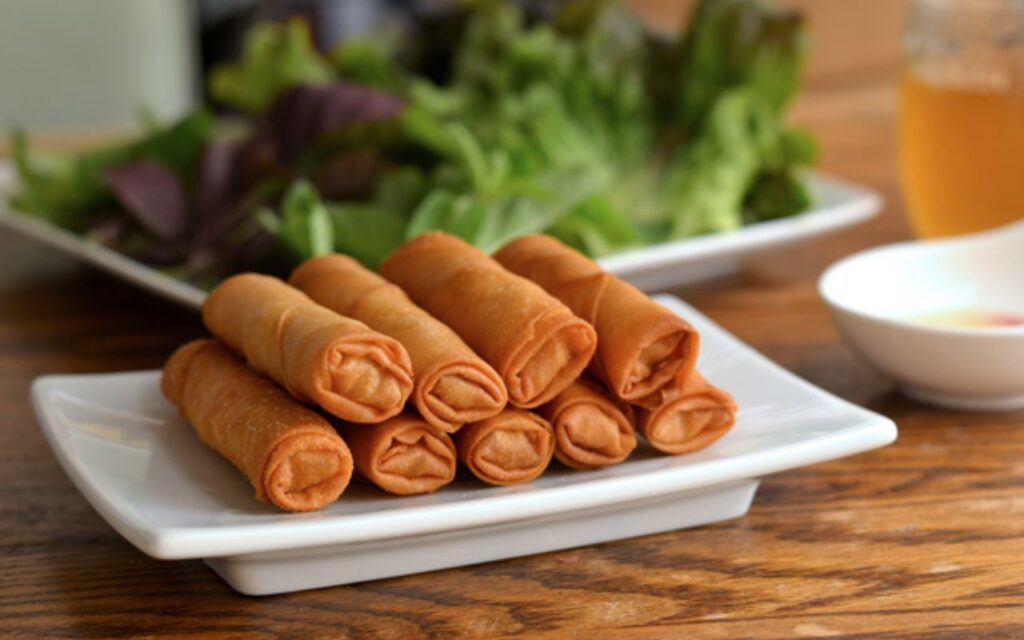
Egg rolls are deep fried pastries filled with meat, cabbage, and carrots, often served with sweet dipping sauces. While they’re an iconic Chinese American appetizer, variations in China typically use rice paper wrappers and lighter fillings with less oil. In China, spring rolls are the true staple, focusing on crisp vegetables in delicate wraps. The American version highlights a thick, bubbling exterior and hearty interior, created for maximum crunch and flavor. If visiting China, sample the lighter, aromatic spring rolls instead.
Beef with Broccoli
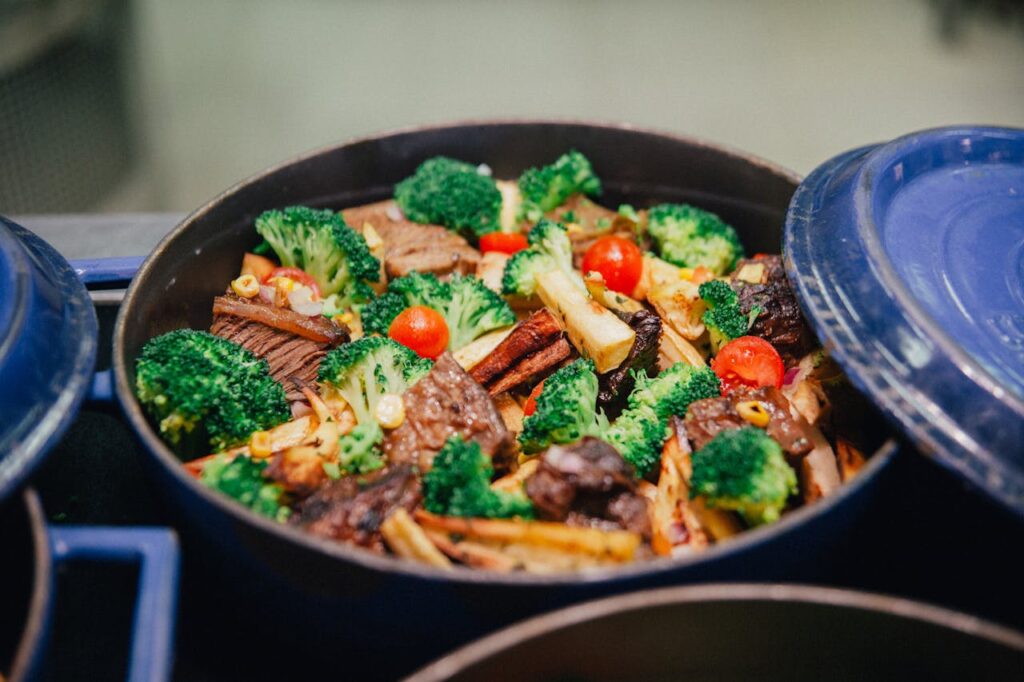
This staple of American Chinese menus mixes tender sliced beef with crisp broccoli in a savory brown sauce. The dish was invented in the U.S., where broccoli was more available than Chinese vegetables like gai lan. In authentic Chinese cooking, stir fries showcase local greens and focus on quick cooking with lighter sauces. American beef with broccoli is heavier and richer, designed to satisfy local tastes. Seek out beef with gai lan or Chinese stir fried greens for a closer taste of Chinese flavors.
General Tso’s Chicken
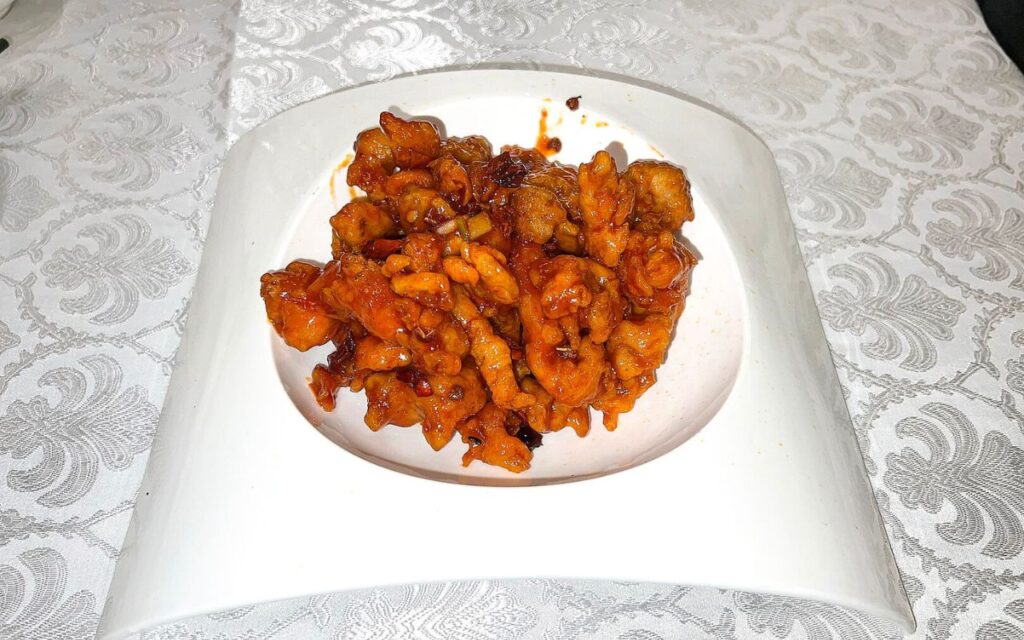
General Tso’s chicken features battered, fried chunks of chicken in a tangy-sweet sauce flavored with ginger and garlic. The dish’s namesake, General Tso, is a historical figure from China, but the meal itself originated in the U.S. Its syrupy glaze and fiery kick became popular adaptations not found in China. Truly authentic chicken dishes in China use fresh spices and light sautéing rather than deep frying and heavy sauces. When in China, try spicy stir-fried chicken or classic Sichuan flavors.
Orange Chicken
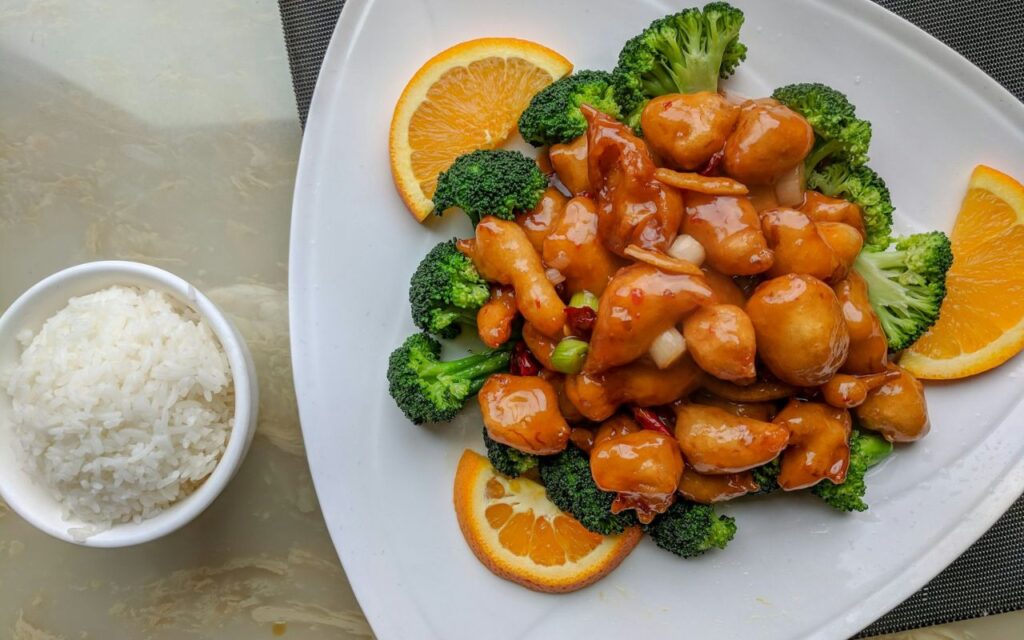
Orange chicken is known for juicy fried meat pieces coated in a sticky, sweet orange sauce. This dish is a Panda Express invention uncommon in China, where citrus flavors are generally used more lightly and never as thick, sugar-laden glazes. In Chinese kitchens, you’ll encounter delicate citrus-infused sauces balancing sour with savory. Orange chicken was engineered to appeal to U.S. palates craving bold, zesty sweetness. Instead, try Hunan-style tangy stir-fries for real regional flavor.
Crab Rangoon
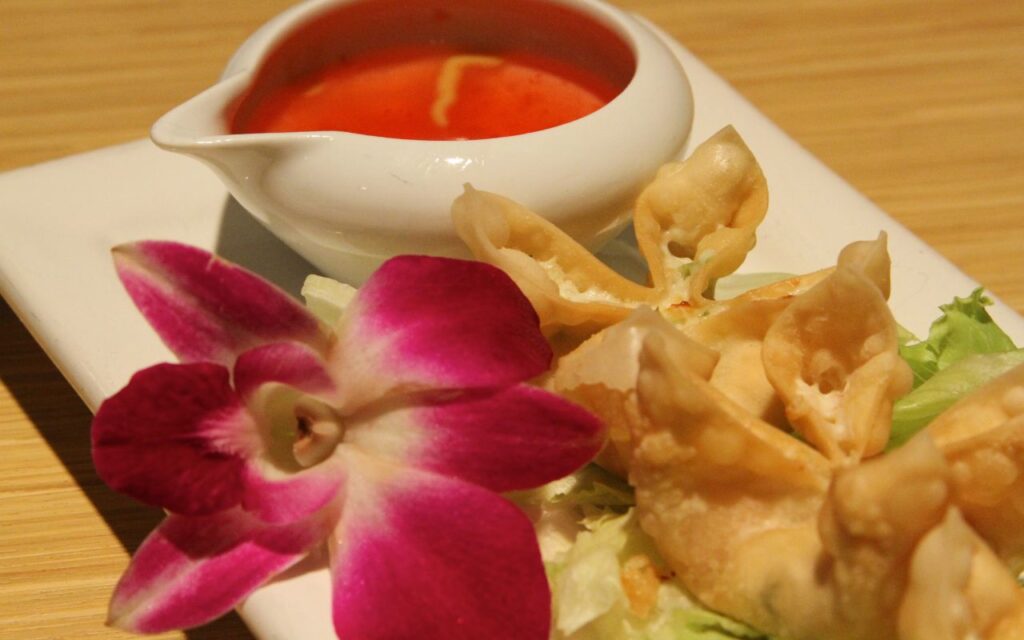
Crab Rangoon, a crunchy wonton stuffed with cream cheese and imitation crab meat, never appears on Chinese menus overseas. Created in the U.S., it’s more of a fusion snack that combines local American ingredients with Asian-inspired wrappers. Real Chinese cuisine rarely uses cream cheese or crab this way. Authentic wontons in China are boiled or lightly fried and filled with pork or shrimp, then served in broth. For a classic taste, order Chinese wontons in soup for true comfort.
Fortune Cookies

A quintessential part of American Chinese dining, fortune cookies are crisp, sweet wafers enclosing a proverb or prediction. These treats were actually invented in California, inspired by a Japanese tradition, and are virtually unknown in China. Genuine Chinese desserts focus on rice, beans, and subtle sweetness. No meals in China end with fortunes tucked inside crunchy cookies. Instead, try red bean pastries or glutinous rice cakes for an authentic sweet bite.
Sweet and Sour Chicken
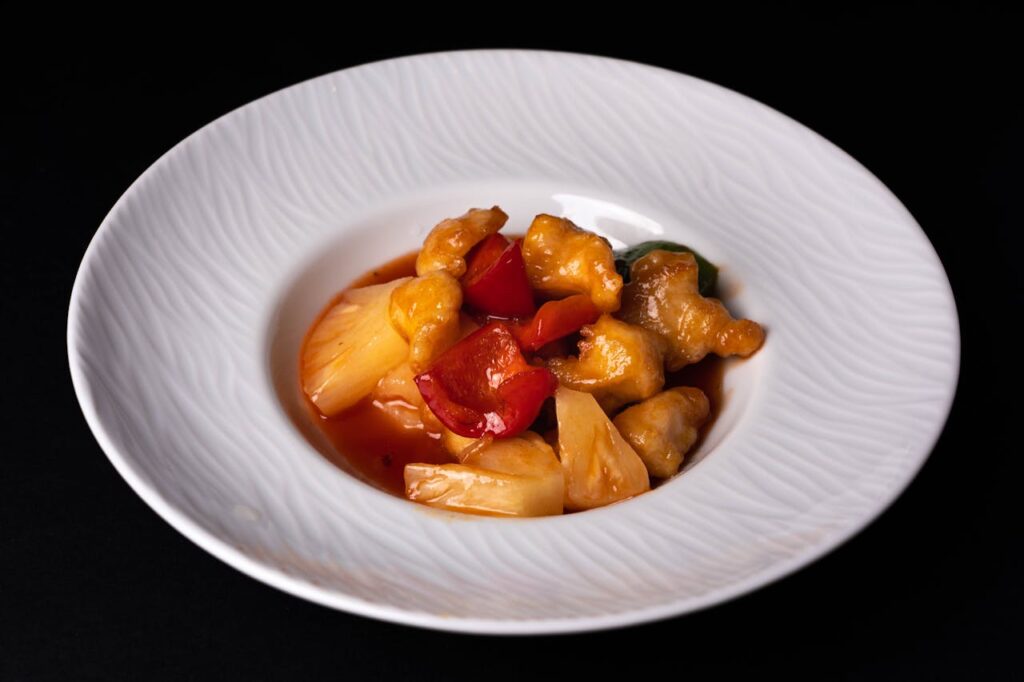
American sweet and sour chicken features breaded, fried chicken tossed in a glossy, red sauce of sugar, vinegar, and ketchup. In China, sweet and sour flavor profiles exist, but often showcase pork, lightly cooked with natural fruit juices and minimal breading. The American version is denser and bolder in flavor with a heavy sauce. For genuine Chinese flavor, sample sweet and sour pork, which balances taste with fresh vegetables and less oil.
Sesame Chicken

Sesame chicken is another deep-fried classic coated in an orange-hued sweet sauce and topped with sesame seeds. This dish was invented in the U.S. and rarely appears in China. Traditional Chinese chicken dishes utilize sesame seeds for garnish and flavor in a much subtler way. The original Chinese recipes focus on pan-frying, lighter sauces, and fragrant aromatics. For an authentic meal, order shredded chicken with sesame paste or cold sesame noodle salad.
Chop Suey
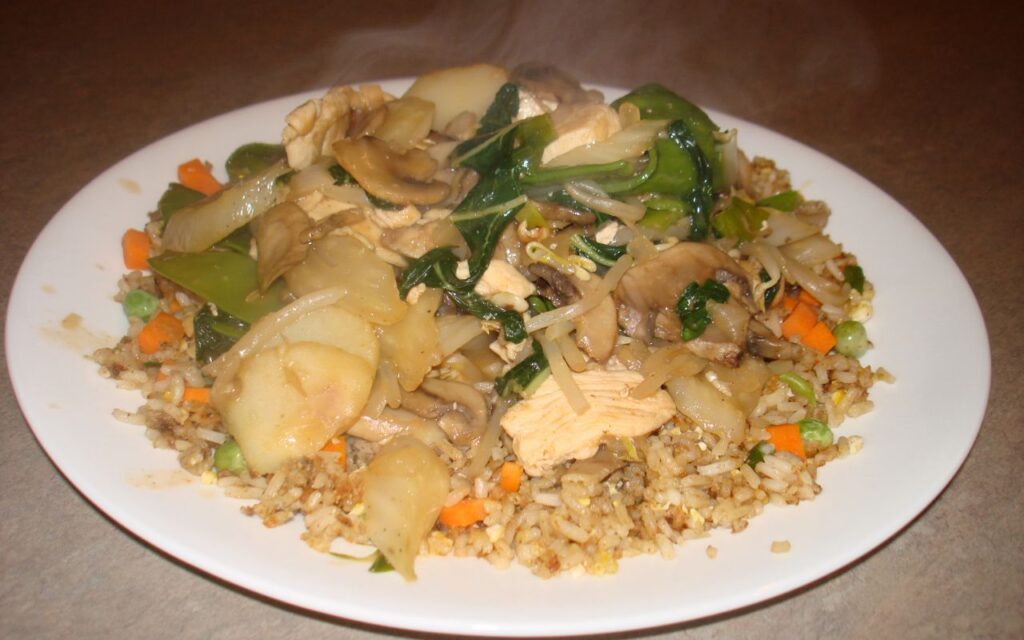
Chop suey means “assorted pieces” in Cantonese, but its American incarnation is a mixture of vegetables, meat, and a thick sauce created for western restaurants. This catch all stir fry bears little resemblance to anything served in China, where specific vegetable stir fries are more common and sauces are lighter. Chop suey’s origins are a testament to adaptability and resourcefulness. Seek out Chinese stir fried greens and locally focused vegetable dishes when in China.
Mongolian Beef
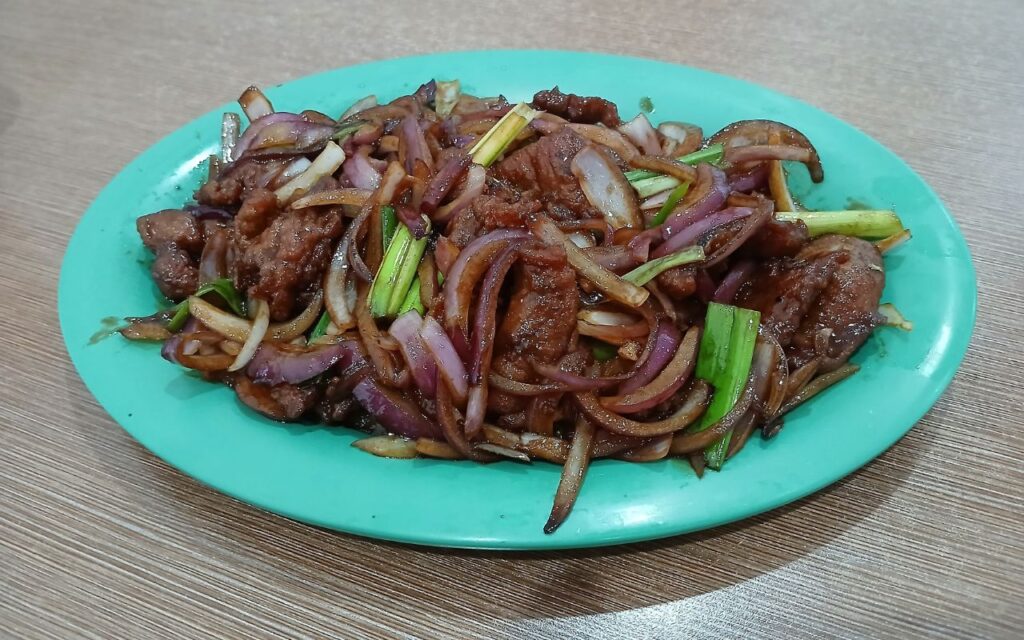
Mongolian beef, known for sweet brown sauce over fried beef and onions, is absent from Chinese dining tables. The dish originated in American kitchens, not Mongolia or China. In China, beef recipes are usually lighter, focusing on natural flavors with minimal sauce. Mongolian beef caters to American tastes preferring sweetness and full bodied gravy. For authentic flavor, try dry fried beef or regional specialties that highlight beef without heavy sauces or starch.





